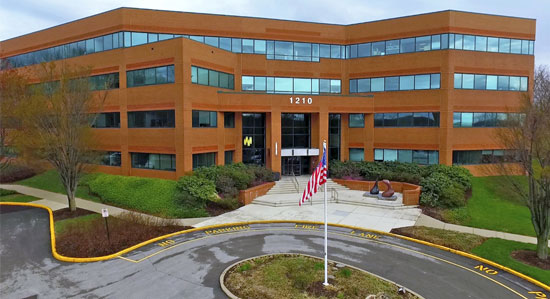How to Safely Use Your GPS While Driving This Summer

Typing an address into your GPS while driving is comparable to texting while driving.
When checking your cell phone or GPS route, you are taking your eyes and attention off the road, increasing the chance of an accident by 400%. According to the National Highway Traffic Safety Administration, distracted driving has claimed over 3,000 lives in 2019 alone.
To help keep you and your loved ones safe, we’ve put together the following six tips to help you safely use your GPS while driving on busy roads this summer.
- Set the destination before the trip starts. Always input your destination’s address while the car is still parked. You never want to type an address on your GPS navigation system while actively driving on the road. Doing so is very dangerous, and in fact, some cars with GPS embedded won’t even give you the option to look up an address unless the vehicle is parked.
- Have a good overview of the entire route before departing. Another essential tip before you start driving is to look over the whole trip and choose your desired route. Whether you prefer the quickest way, the backroads, or want to avoid tolls, make that decision while you still have the car parked. Having a general idea of where you’re going before you set out on your trip will help you look at your GPS less and focus on the road more.
- Activate voice navigation. With voice navigation, you’ll be notified of any upcoming turns or merges that you’ll make throughout the trip. Voice navigation is a beneficial tool that will minimize unnecessary screen time and keep your eyes and attention on the road. If your car has Bluetooth capabilities or Apple Play, this is as simple as syncing your phone to your vehicle or plugging it in with a USB cord.
- Have the front passenger make any changes or pullover off the road if you need to make changes and don’t have a passenger. If you are heading into heavy traffic or get lost along the way, have your front passenger assist you with any route changes. If you don’t have a passenger, pull over to the side of the road or the nearest parking lot and make any necessary changes. This way, you can concentrate on what you’re plugging in and don’t have to worry about typos or hitting the wrong address.
- Avoid looking at it for too long. Try your best to follow the route with voice navigation rather than constantly looking at the map itself. It is vital that you keep your attention focused on the road and your surroundings.
- If you must look at your GPS, do it at a red light or a complete stop. When you’re not in motion, you will have a couple of seconds to quickly recheck your route or make any changes safely.
With many of us taking vacations or going on beach trips this summer, expect roads to be busier than usual. Use the tips above to help you navigate those busy roads and arrive safely at your destination.

